What is Trisomy 9?
When I started on my trisomy journey, my reference point was children with trisomy 18. In the 1990’s, I found very little information about medical conditions, developmental needs and pretty much anything about growth and potential. Fast forward to the 2000’s and beyond, and what a difference. Information is at my fingertips and parent-to-parent support coupled with technology has brought those in the rare trisomy world closer and more vocal in advocating for their children.
This confluence is what brought me to children and adults with trisomy 9. A mom found me through the TRIS project webpage and invited me to a get together of families. The meeting was near Chicago with families coming from as far away as Colorado. It was a small group, but parents were visibly surprised and excited to see others “like them.” Each had a child or adult that very, very few professionals had ever encountered and had much knowledge about or recommendations for medical treatment and overall development. Some of the children were walking, others in adapted strollers. Some had few medical issues; one was on continuous oxygen (and still is).
I need to clarify; there is no “full” trisomy 9 as there is with trisomy 18 and trisomy 13. There are individuals diagnosed with trisomy 9 mosaic, partial trisomy 9, trisomy 9p and several other genetic designations. I found an article published in 1981 discussing two newborns that died within hours of birth. Testing indicated the presence of three copies of chromosome 9 in each cell. Yet, due to the limited technology available at the time, the results are suspect. Testing with procedures available today such as fluorescence in situ hybridization (FISH) may have supplied different results. There are no current studies describing survivors with full trisomy 9.
Yet, there are similarities in the children and adults with these diagnoses. Most notably, there are characteristic facial features such as a rounded nose, small jaw and low set ears. In addition, there are common skeletal conditions such as dislocated joints. Many also have cardiac defects, possible kidney problems and central nervous system issues such as seizures. On the other hand, developmentally, the children and adults I’ve met span the spectrum of using primarily gestures and eye gazes to communicate to near age appropriate language as well as varied fine and gross motor skills. What is most important, medical needs and development aside, is the community of families. They are truly “there” for each other and welcome new members with open arms. I instantly felt it at that first meeting and subsequent gatherings at Support for Trisomy 18, 13 and related disorders (SOFT) conferences.
Currently, the Tracking Rare Incidence Syndromes (TRIS) project counts approximately 40 children and adults with a type of trisomy 9 in the project’s database. I am proud of my 2011 article in the American Journal of Medical Genetics titled “Presenting physical characteristics, medical conditions and developmental status of long-term survivors with trisomy 9 mosaicism.” The Editor of the journal, Dr. John Carey, shared with me that the 14 individuals I discussed in the article was the largest “series” ever discussed in the literature. I am glad I gave their families a voice through presenting medical and developmental data for a wide audience. I also hope that, now, professionals who work with these wonderful individuals have some information from which to plan their care and focus on positive outcomes rather than the negativity typically associated with unique genetic diagnoses.
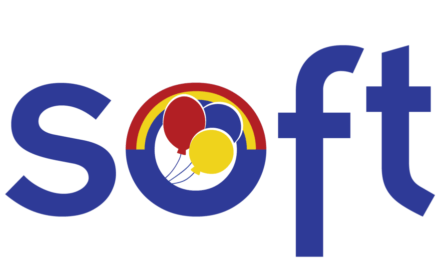
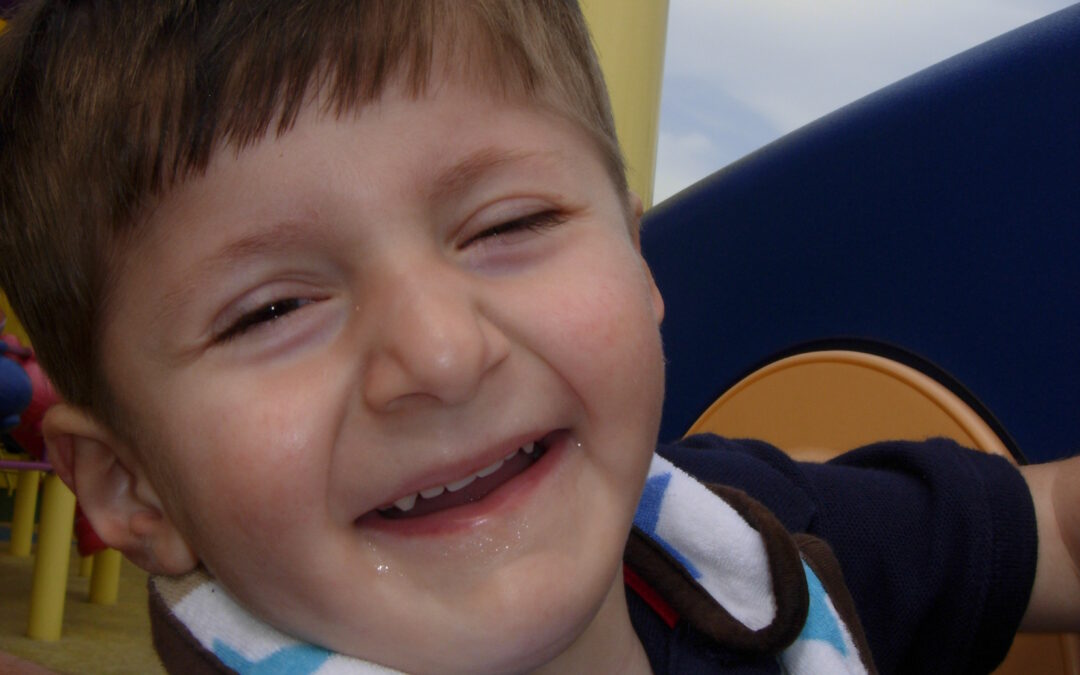

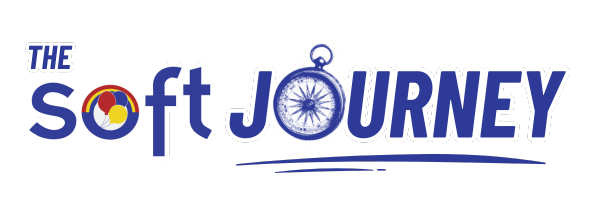
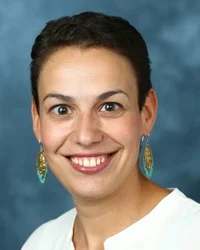
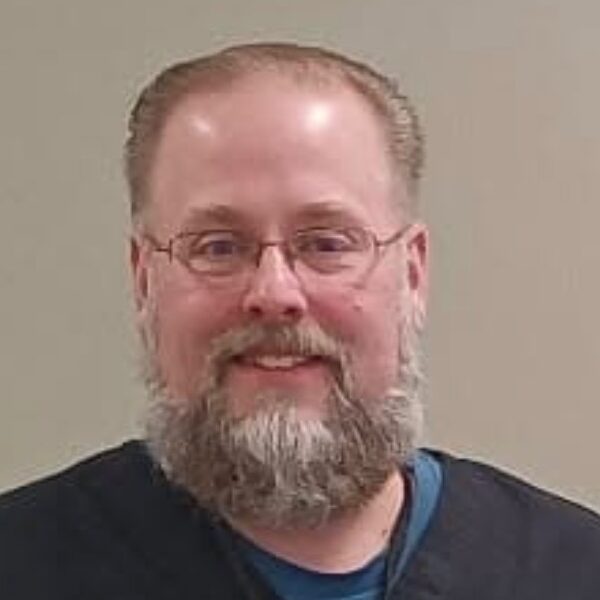
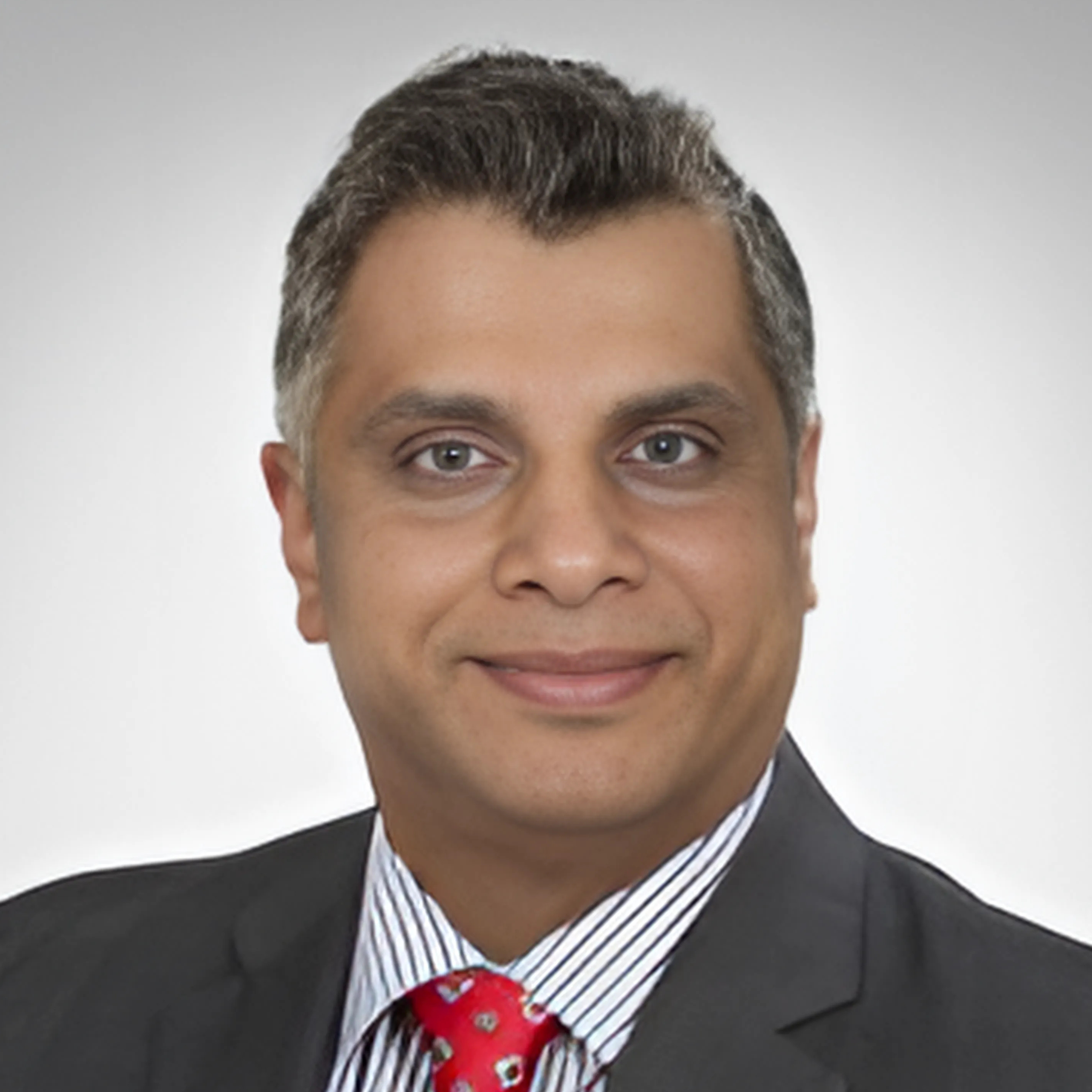
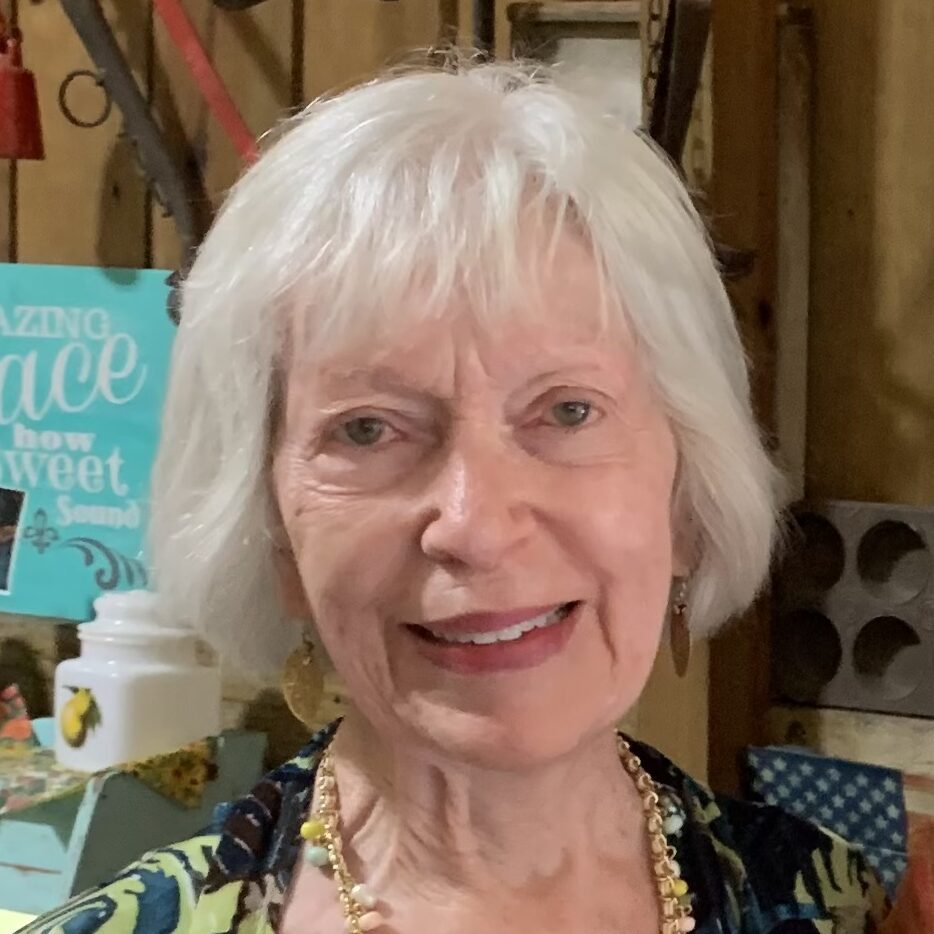

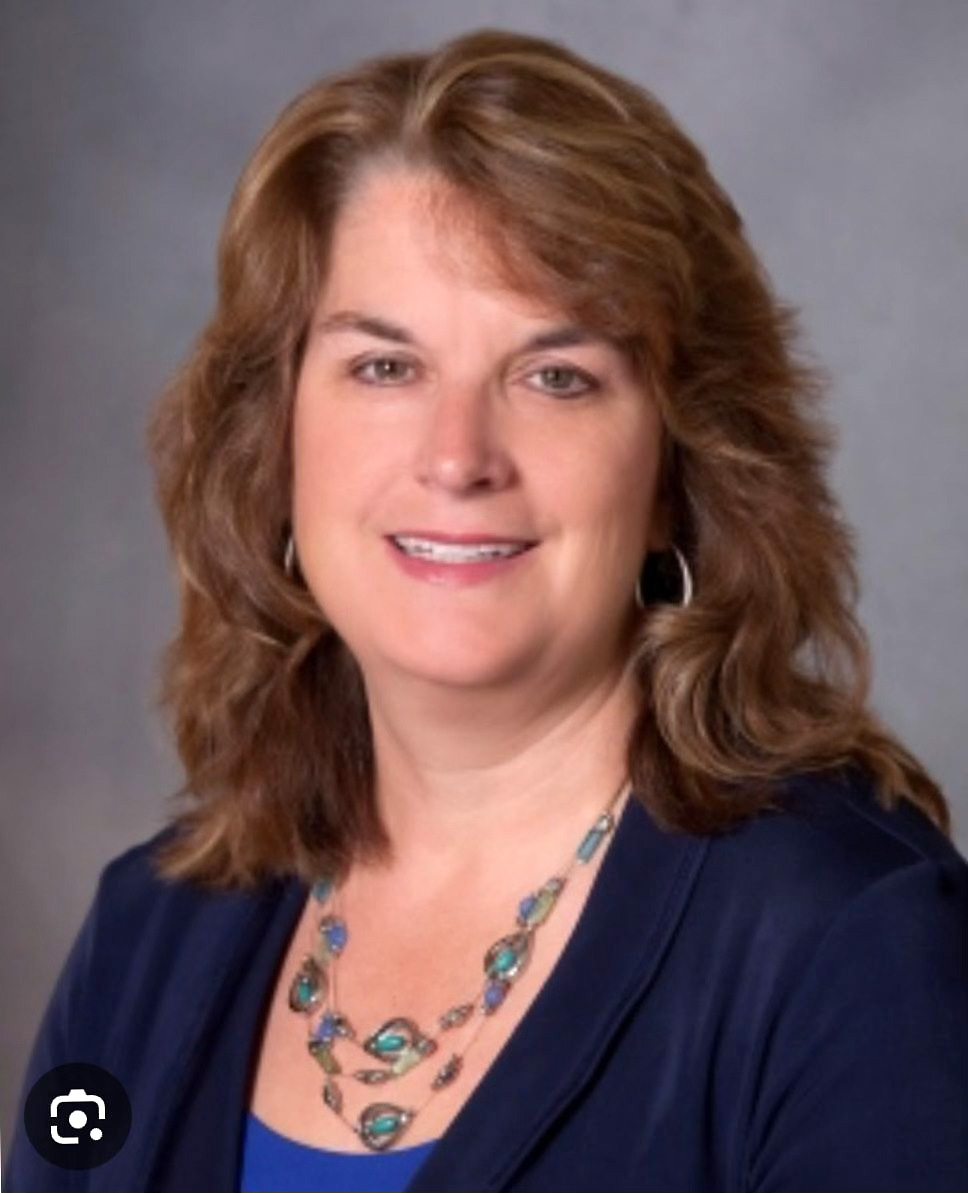
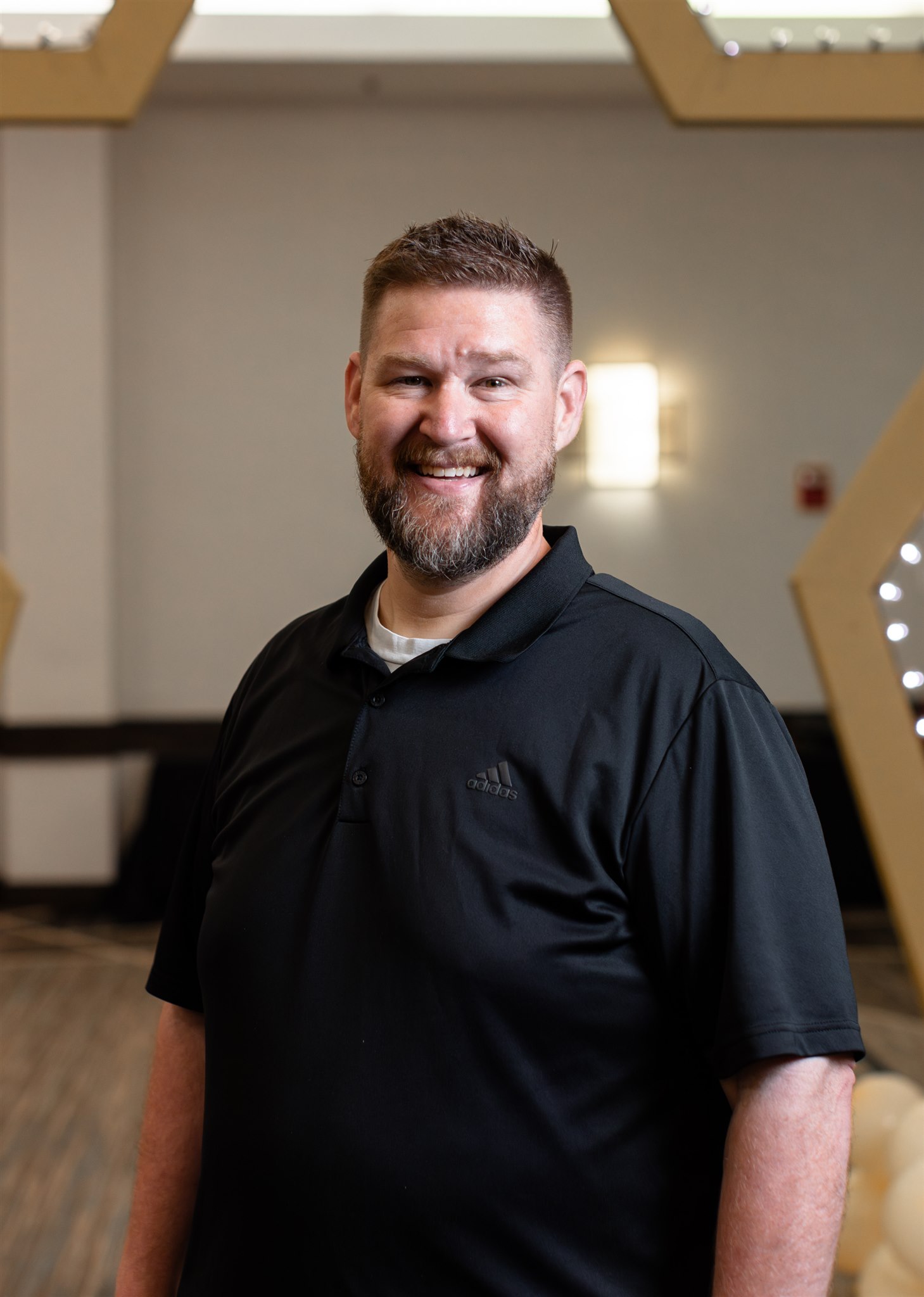
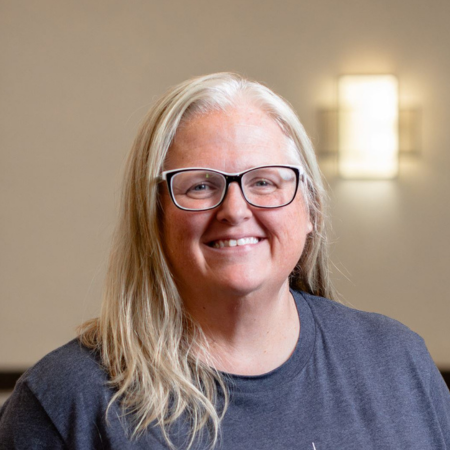

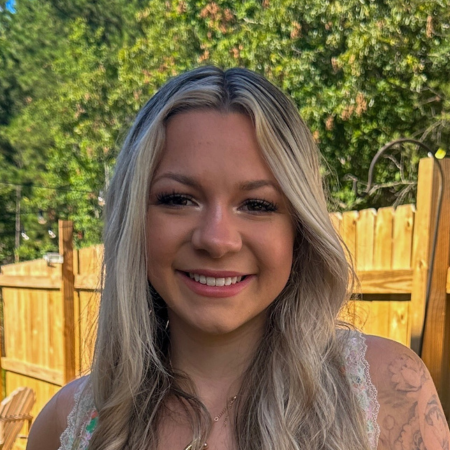
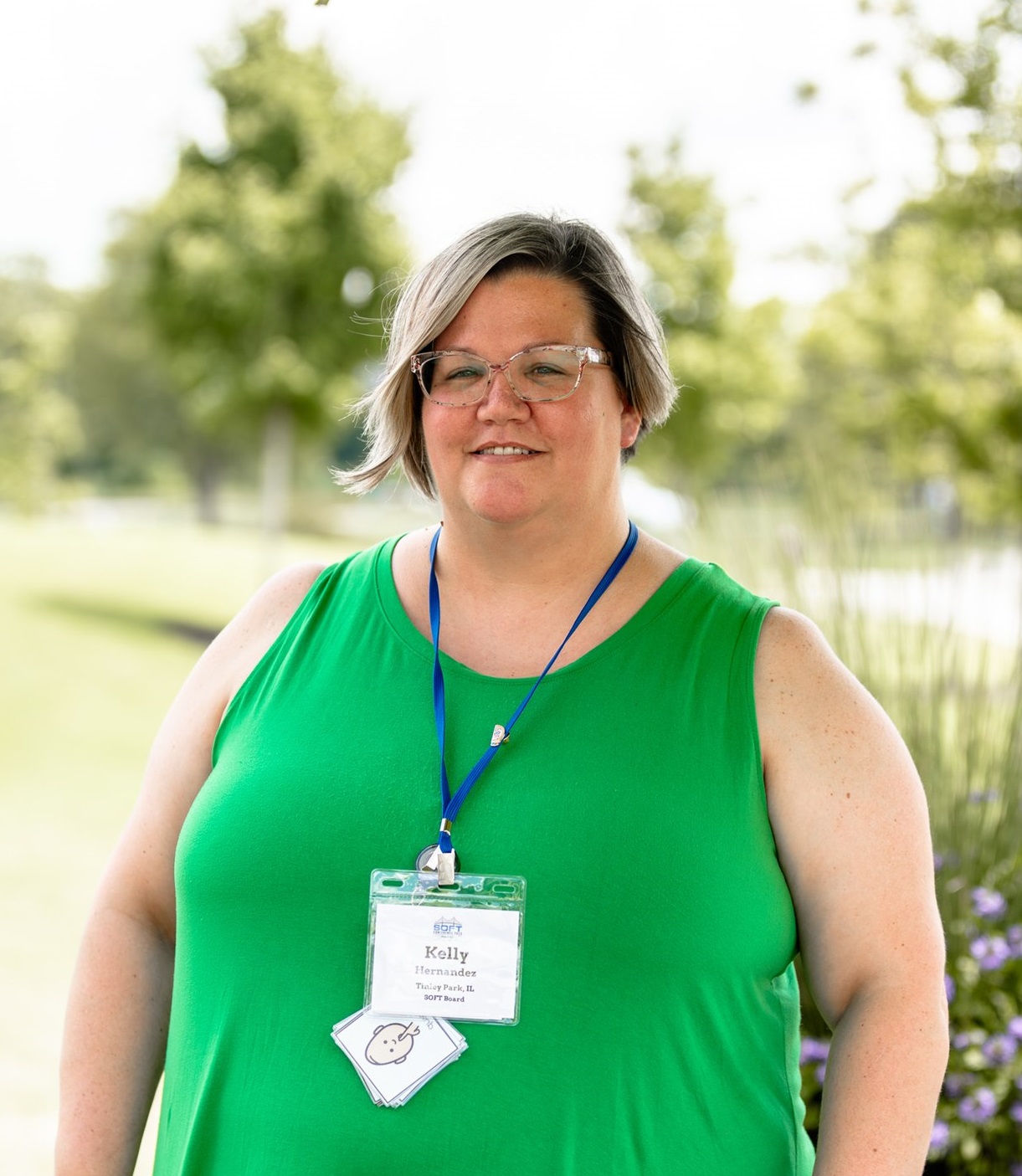
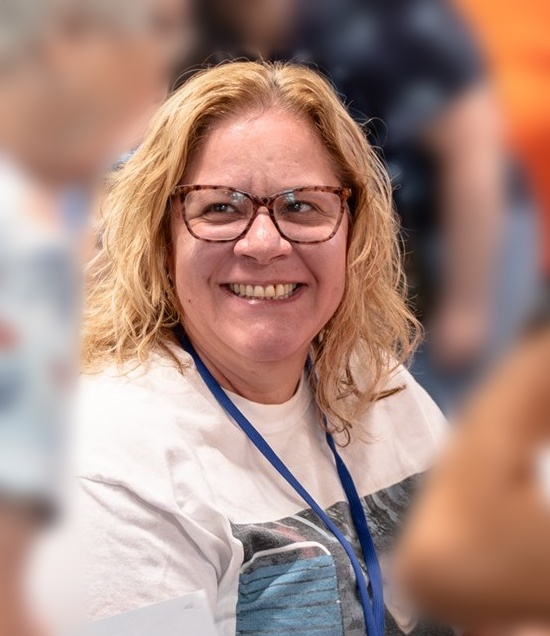
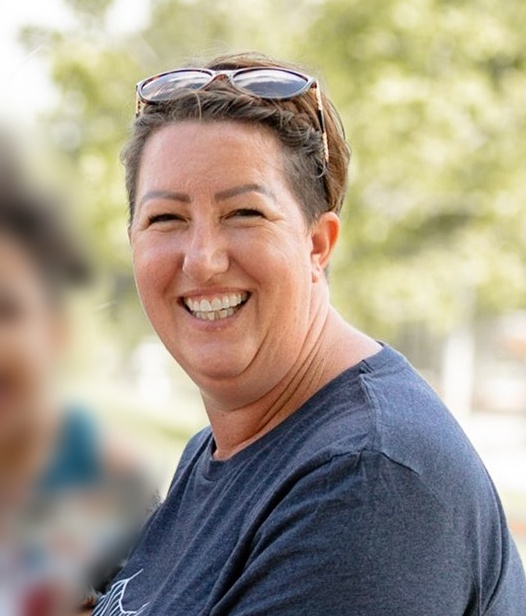
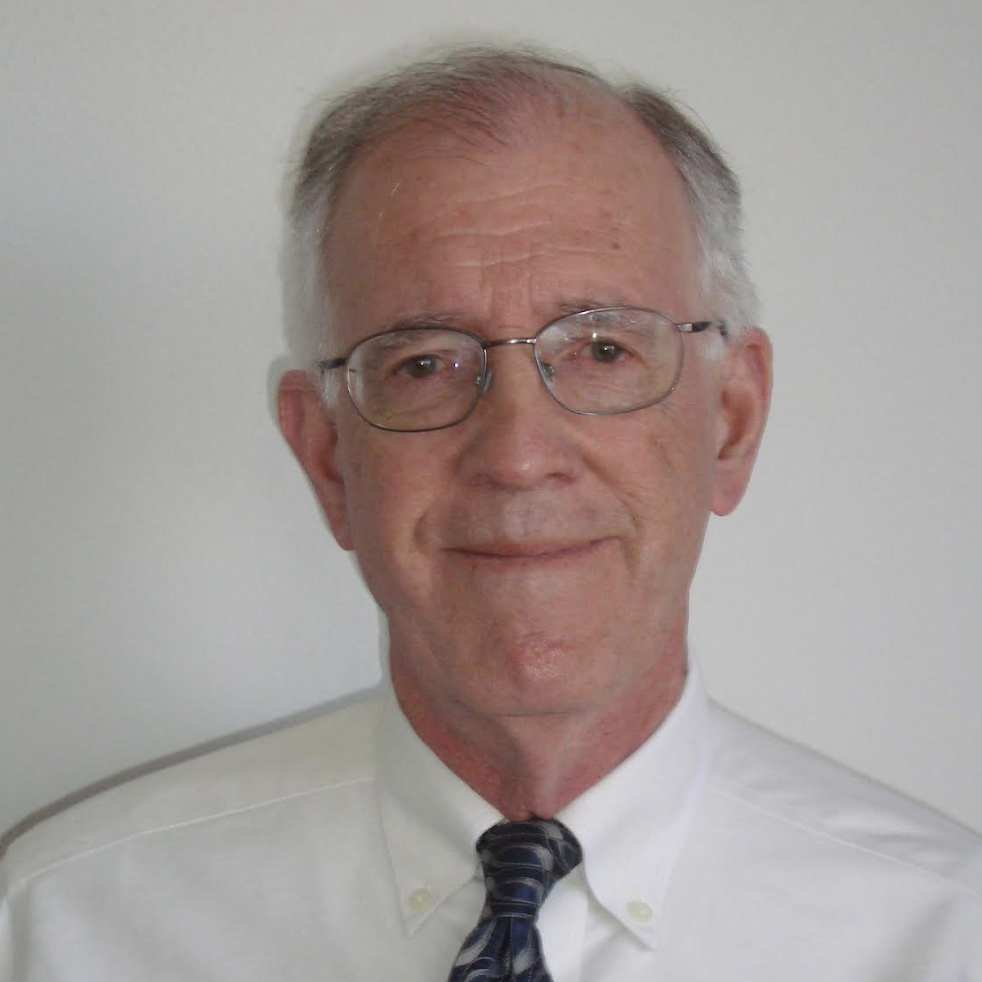
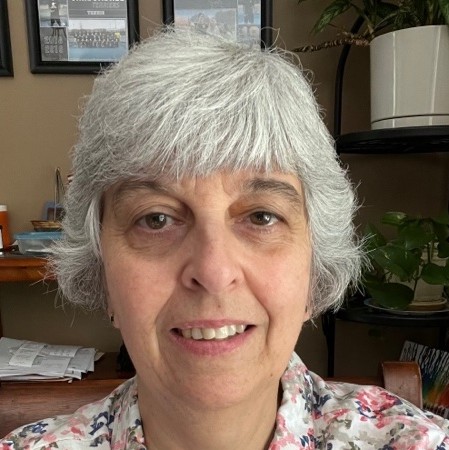
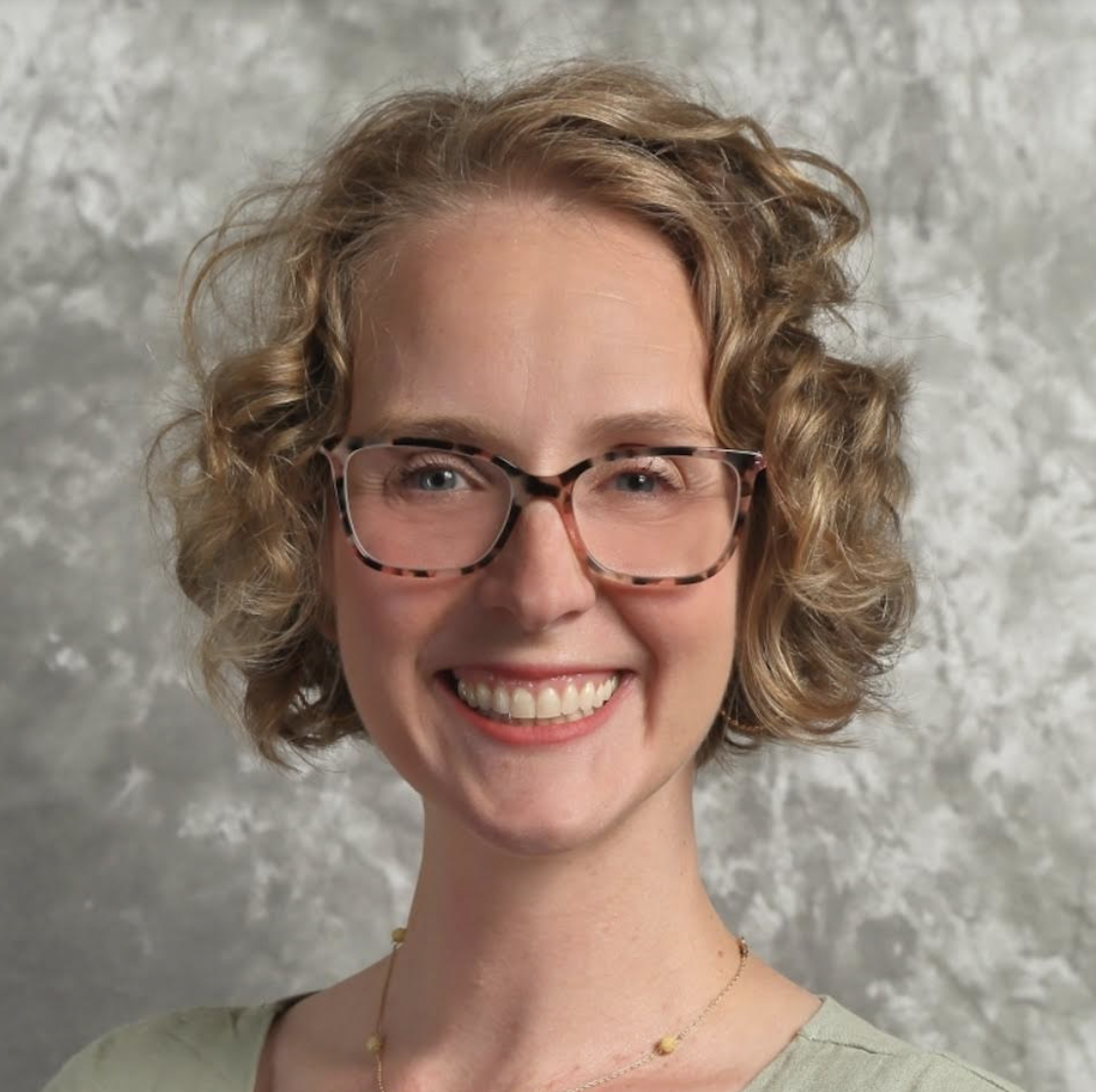
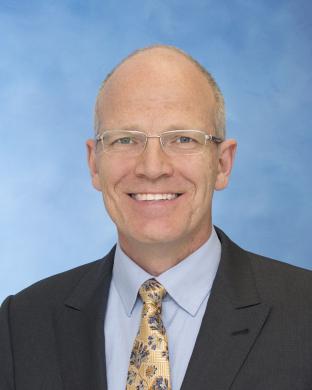
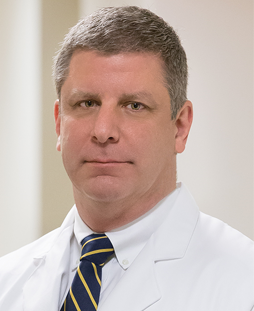
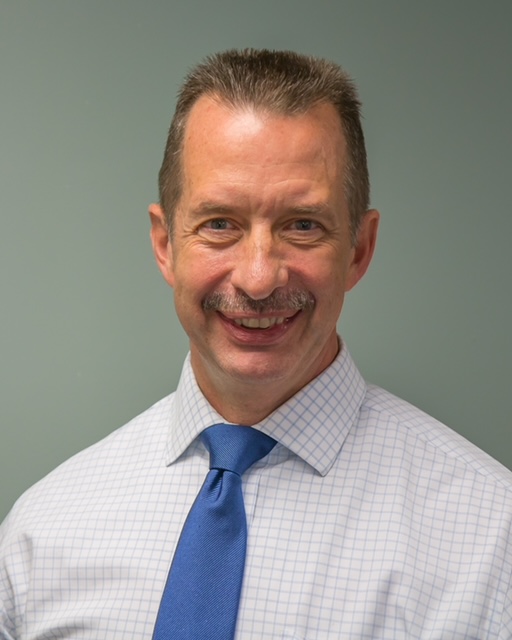
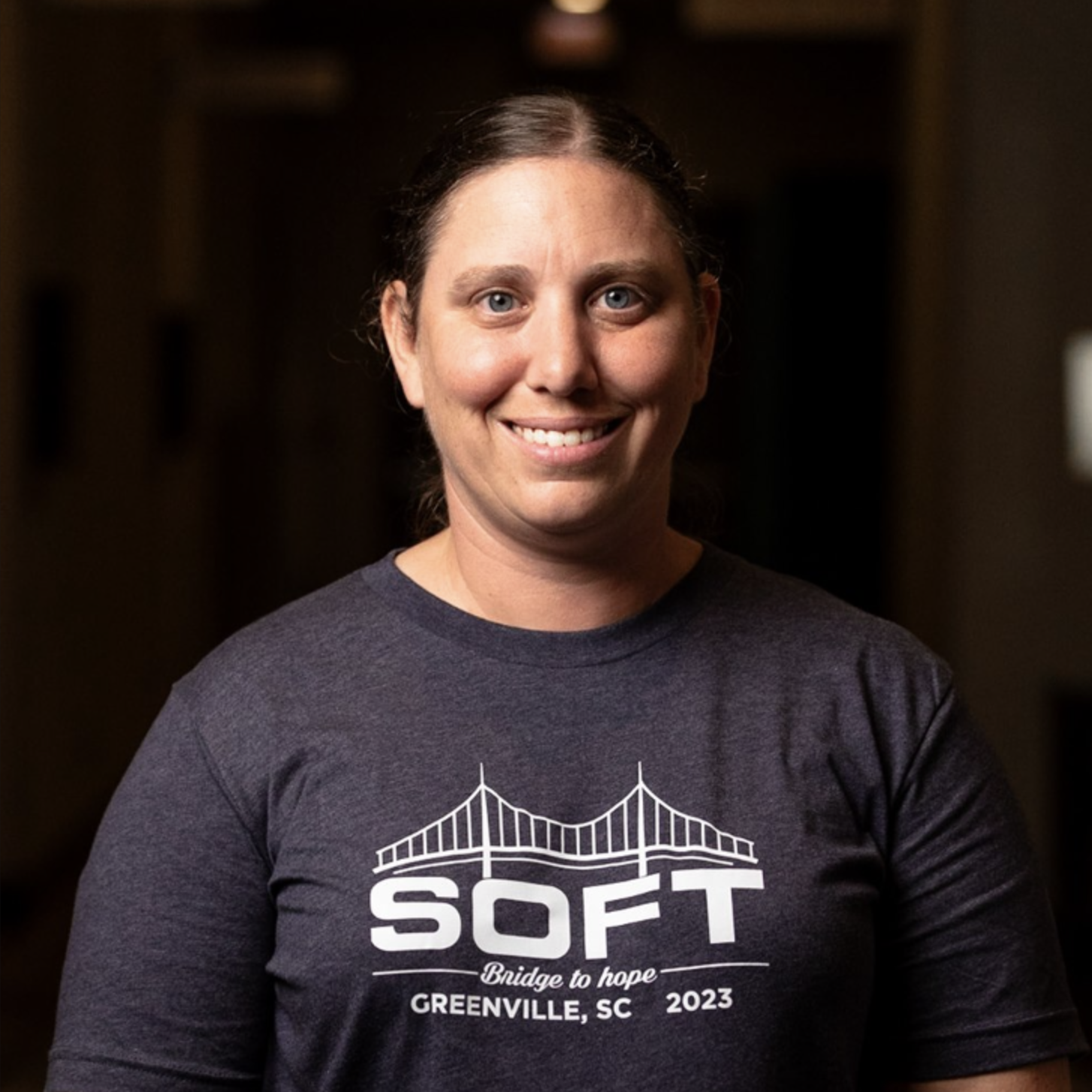



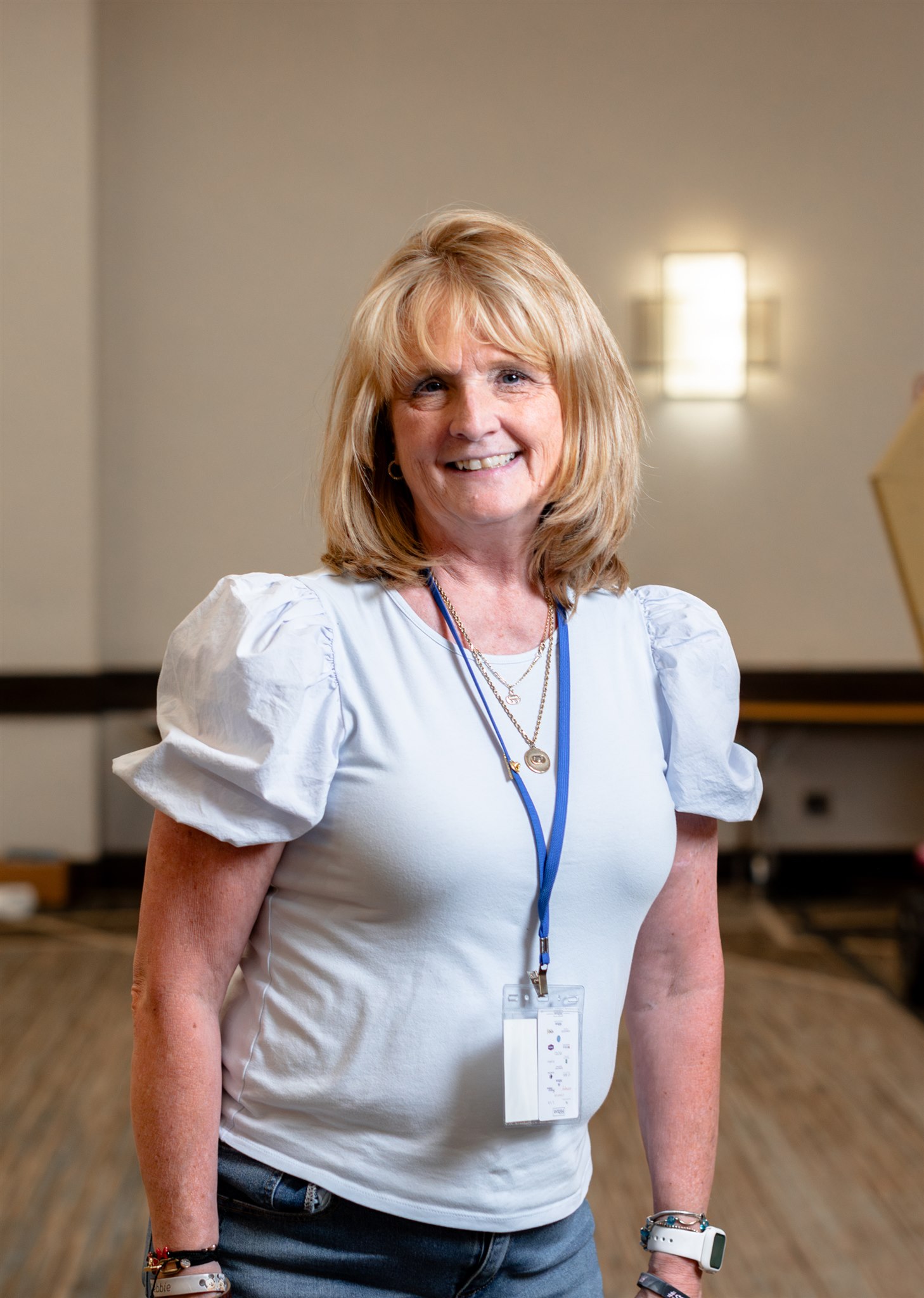
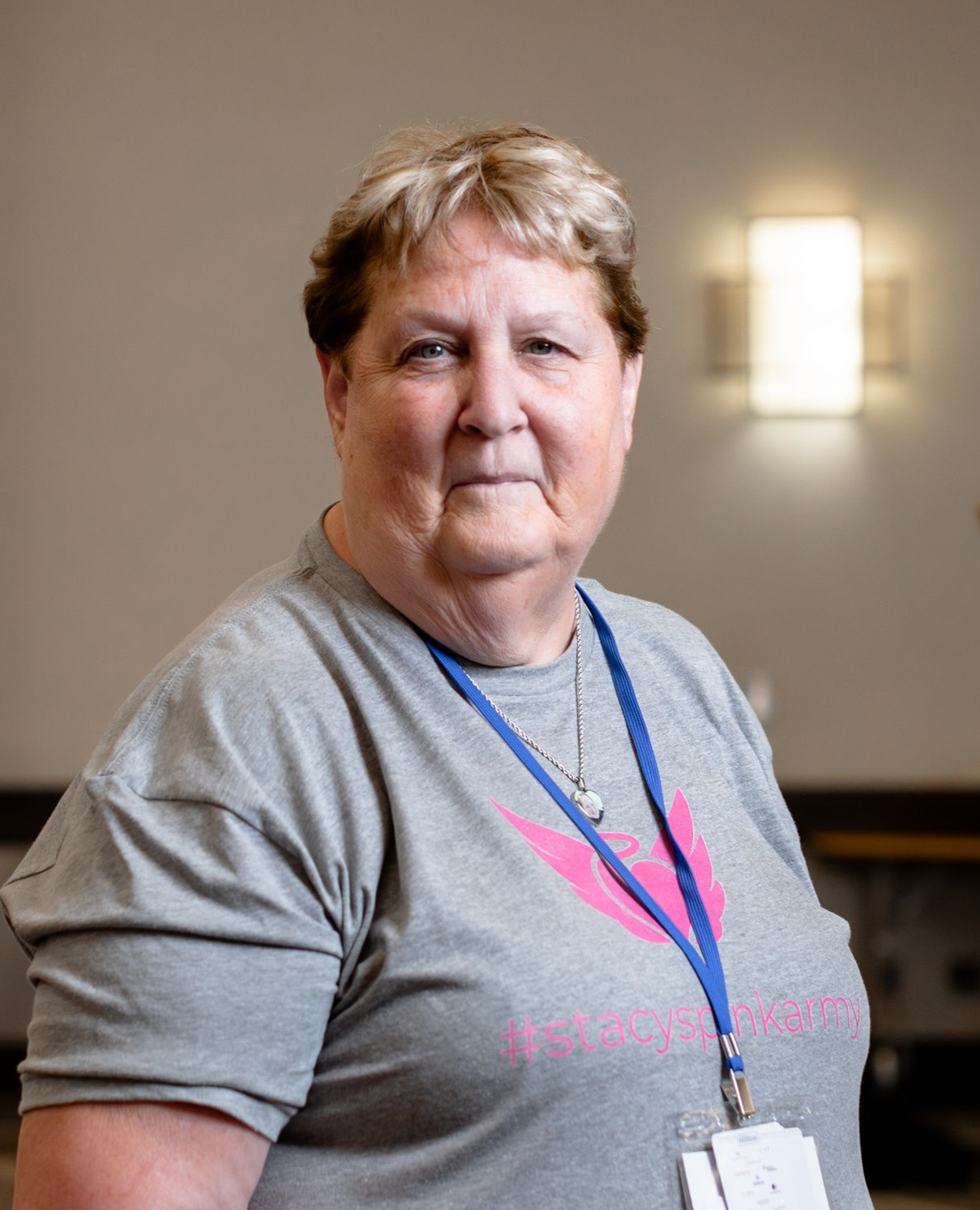
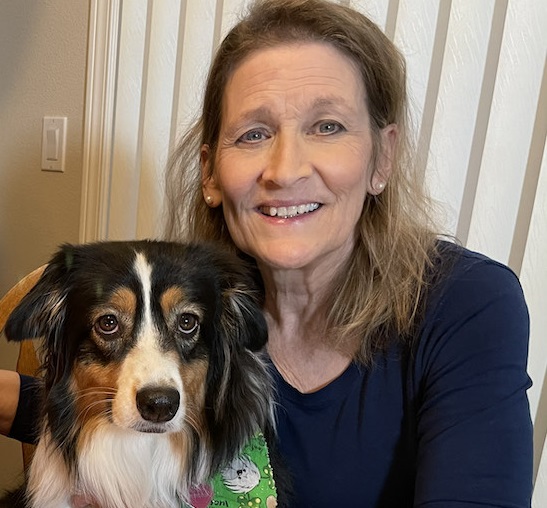
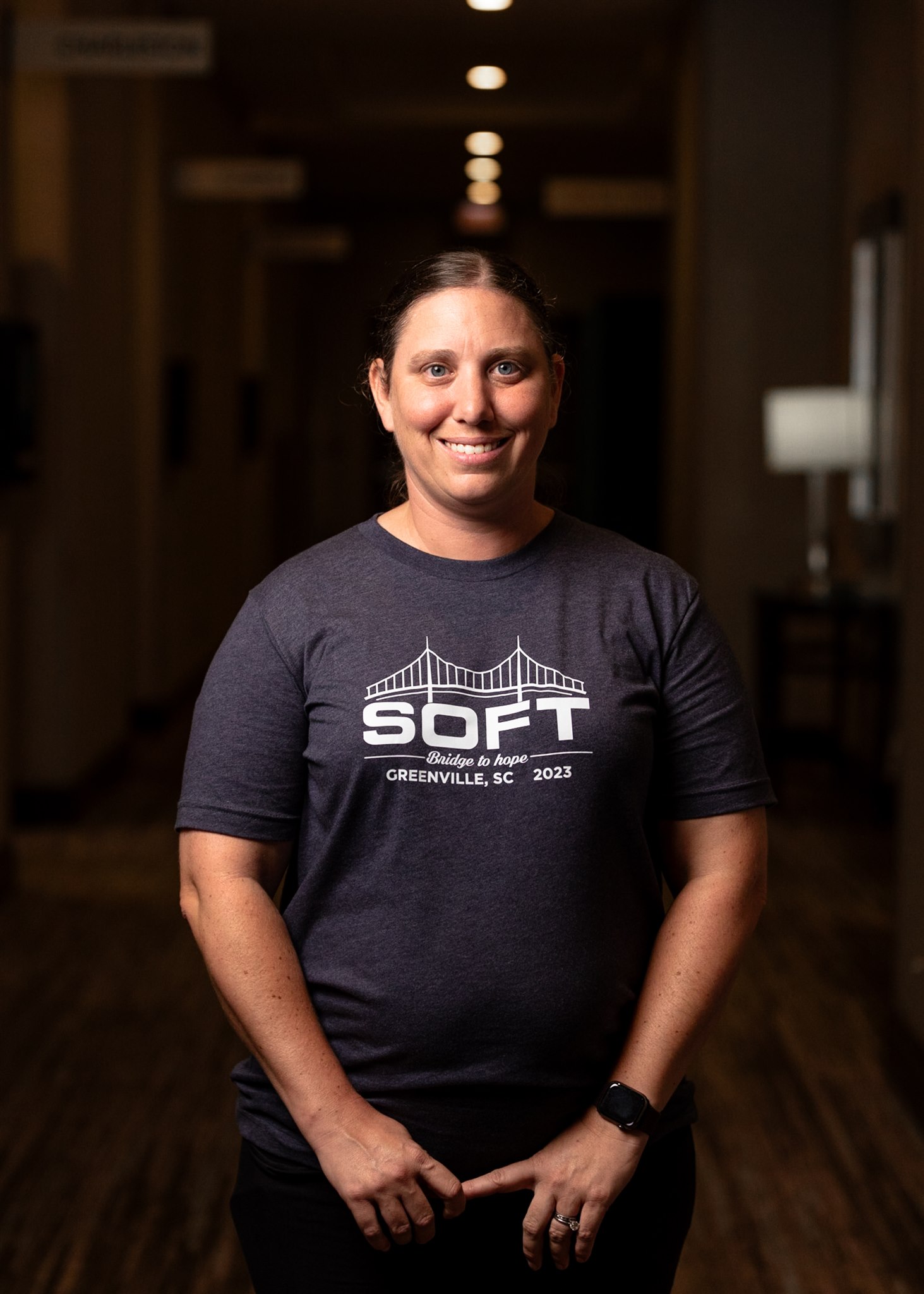
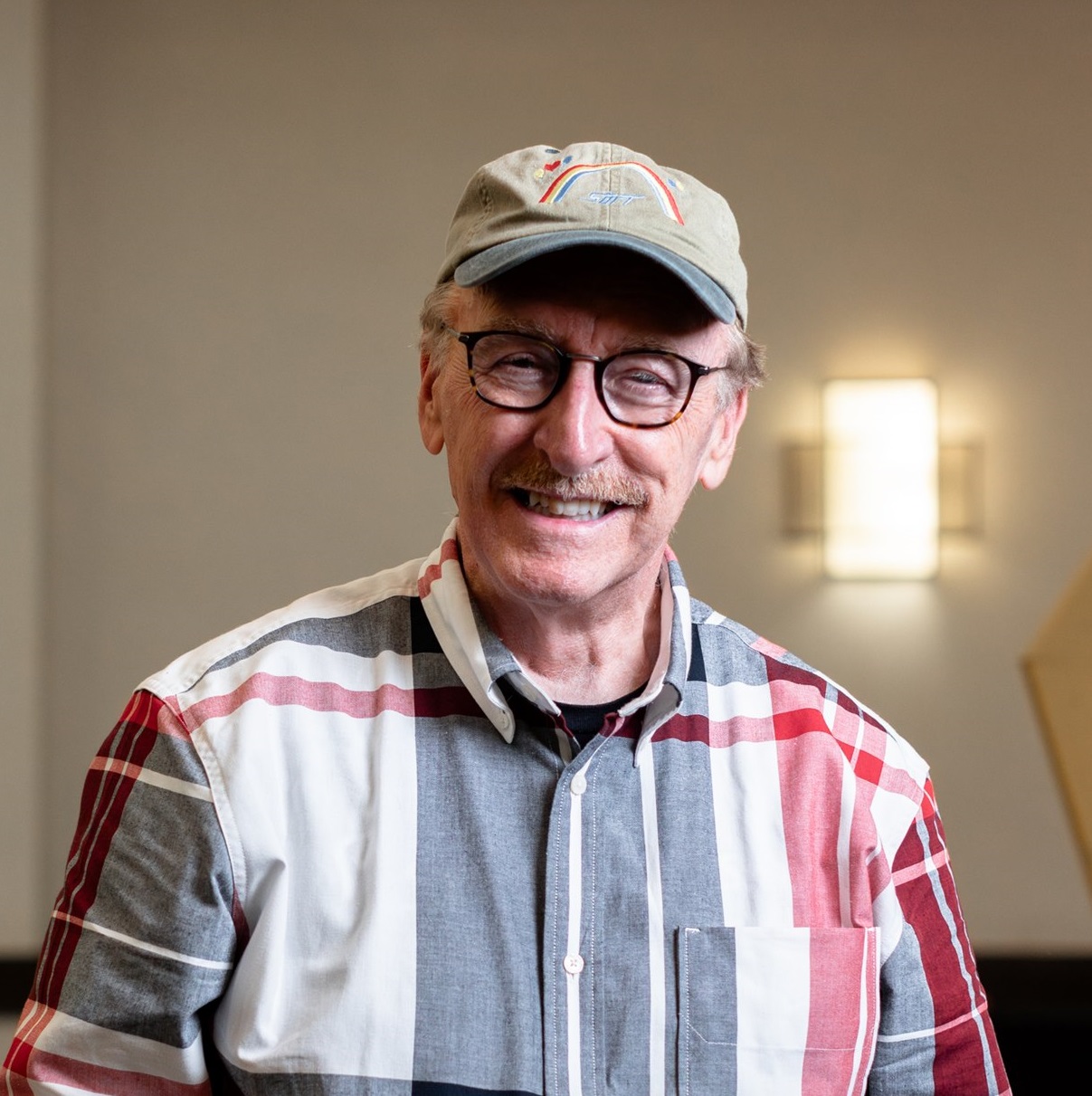
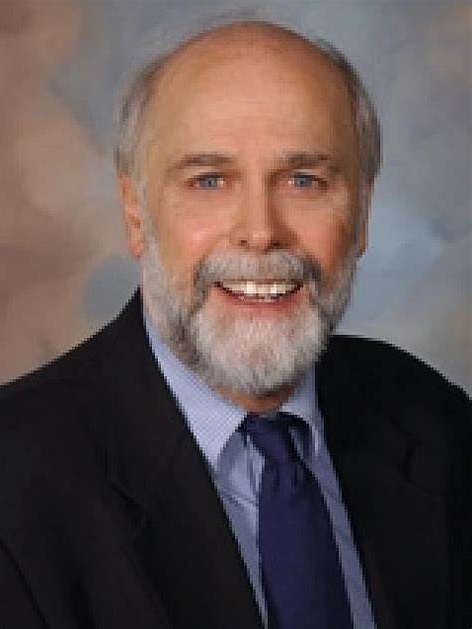
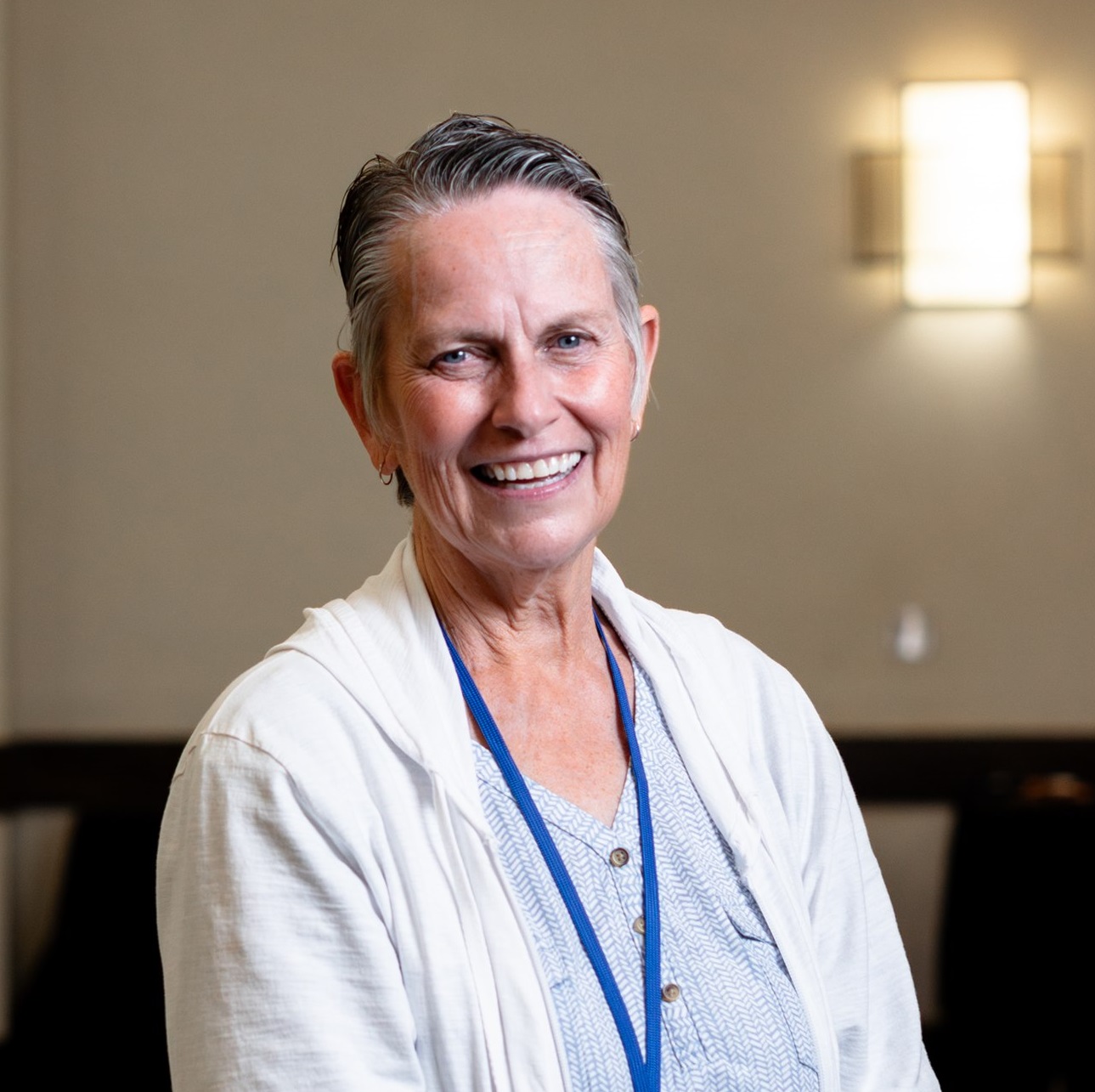

Recent Comments